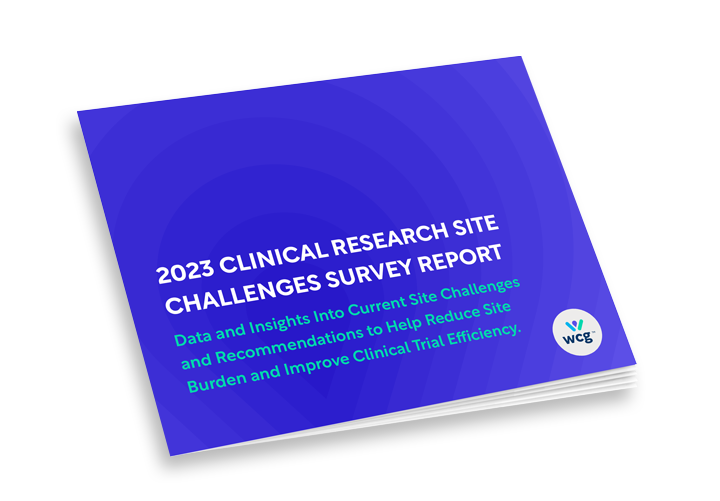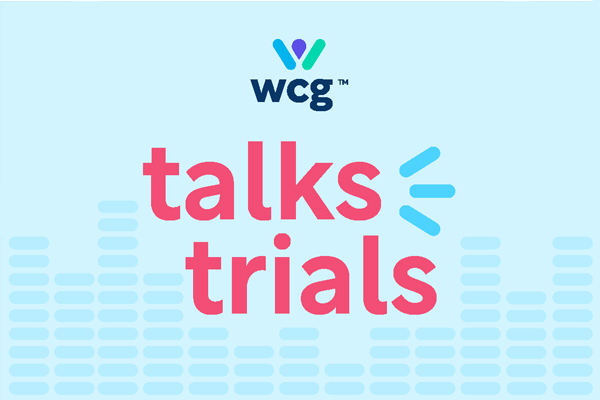As the industry continues to recognize advancements in oncology, it also continues to recognize the challenges in patient recruitment, a vital component in bringing these advancements to market. Patient recruitment comprises two distinct components – identification and enrollment – with each component bringing forth its own set of challenges.
While often overlooked, understanding how patients will enter the study is the first step in developing a successful recruitment strategy to identify potentially eligible patients. The referral pathway can be internal to the research site through electronic medical records (EMR), through physicians within the same healthcare organization (HCO), or externally through physicians outside the HCO.
Internal referral pathways using EMR are the easiest means to identify potential patients, but it takes time and experience. Building a comprehensive query within the EMR can be challenging due to limitations of the platform and experience of the research staff. Entering complex eligibility criteria commonly found in oncology studies often requires medical record “superusers” to build algorithms for capturing the appropriate patient population. It takes ample resources with the required expertise to properly query the site’s EMR to obtain a list of highly eligible patients for review and potential enrollment.
A properly managed referral pathway continues to the enrollment stage of recruitment. Once highly eligible patients are identified, ensuring they are informed and engaged is critical to successful enrollment and retention. Building a rapport and solid foundation for communication requires patience, understanding, and time. There is a heavy focus on the administrative components of clinical research and the increase in those requirements. The administrative tasks completed in the background are essential to maintaining regulatory compliance but may cause study teams to sacrifice the time needed to build relationships with enrolling patients. Assigning a designated team to address administrative and compliance requirements is impractical for most research sites. Collaborating with a vendor can ensure potential research participants are well-informed and engaged while also supporting administrative and regulatory compliance.
As complex eligibility requirements continue to be a component of clinical oncology research protocols, developing a strong and comprehensive patient recruitment plan is the first step to mitigating patient identification and enrollment barriers. Utilizing internal resources in combination with the right external partners can help research sites continue the drive forward in conducting clinical research and propel oncology treatments to the next level.


